Content warning
This story may contain sensitive material or discuss topics that some readers may find distressing. Reader discretion is advised. The views and opinions expressed in this story are those of the author and do not necessarily reflect the official policy or position of Vocal.
The mystery of bloodthirsty vampires through the ages
As one of the most mysterious and bloodthirsty creatures in history, vampires have terrified people for centuries.
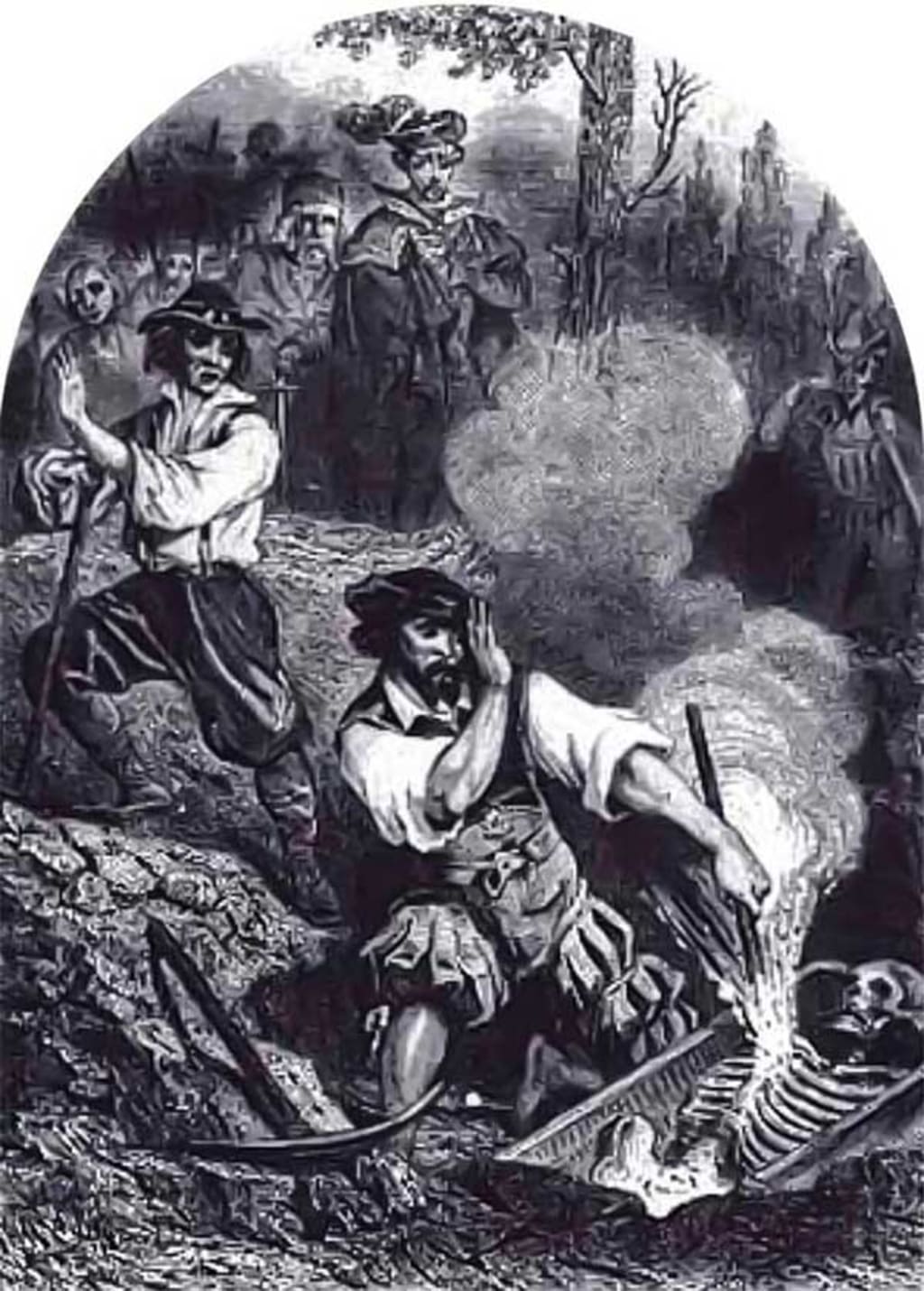
Vampires and the fear of disease
In 1892, in a state of fear, a group of villagers in Exeter (Rhode Island, USA) gathered at the town's cemetery, holding shovels to do a job no one wanted. Slowly but decisively, they began digging up the new layer of soil covering the grave of 19-year-old Mercy Brown. Brown had passed away about two months earlier, but something about the girl's death worried the townspeople. They believe she is a vampire, intending to drain the life from her sick brother.
After digging the grave, the villagers saw Brown's body, with a red mark on his cheek. They believed Brown was a vampire so they burned her heart and liver. They then asked Brown's brother to eat the remaining ashes. However, this older brother also died, possibly of tuberculosis like his mother and another sister.
At that time, Mercy Brown's grave digging behavior was understandable because the villagers of Exeter lived in a time when people were afraid of vampires. Fanged and bloodthirsty, these supernatural creatures have appeared in the darkest corners of human imagination for centuries.
Since the time when people were afraid of the dark, they were afraid of the invisible monsters that might lurk there. The history of vampires goes back a long way. Many ancient cultures have myths about vampire-like monsters, although they differ from modern legends.
In Mesopotamia, people feared creatures called Ekimmu because they could drain human life force. Meanwhile, ancient Egyptian mythology describes Sekhmet (daughter of the sun god Re) with an insatiable thirst for human blood. Jewish folklore depicts Lilith (some believe to be Adam's first wife) cannibalizing victims. Some stories claim that Lilith is what causes men to have erotic dreams and causes them to "release their seed".
These creatures all have one thing in common: They drain something important from humans, whether it's life force, blood, or "seeds." Judging by the actions they do to humans, these ancient spirits resemble descriptions of vampires. According to modern human concepts that were only formed later, vampires are bloodsucking creatures with fangs and always avoid sunlight.
Modern depictions of vampires began to take shape during the Middle Ages. According to PBS, the first reference to vampires can be traced back to an Old Russian text written in 1047, which describes monsters called “upir.” The term "vampire" did not appear until many centuries later, specifically in 1725.
That year, out of fear, villagers in Kisiljevo (in present-day Serbia) asked a priest named Frombald for help. They believe that a dead man named Petar Blagojević is the cause of illness and death throughout the village. Not only did his widow claim that she witnessed it, but nine other villagers also confirmed that he had lied on top of them and strangled them during the night. About 24 hours later, all were dead.
Rabbi Frombald wrote to his superiors saying that the villagers knew exactly what they were facing: a vampyri - the Serbian word meaning back from the dead. Mr. Frombald himself performed the autopsy and found that Blagojević's body appeared to be completely fresh and even had fresh blood around the mouth. When the determined villagers drove a stake through Blagojević's body, Mr. Frombald reported that a lot of completely fresh blood flowed from the dead man's body. News of Mr. Frombald's report and similar reports quickly spread.
Today, we know that it wasn't just the Serbs who crusaded against vampires. In recent years, archaeologists have discovered vampire cemeteries in Poland. There they found a woman buried with a sickle across her neck and a child with a padlock around his ankle. Both date from the 17th century. There is also a mass grave containing beheaded vampires from the 18th to 19th centuries, with coins in their mouths and bodies riddled with bricks. override.
Like the case of Mercy Brown, Kisiljevo villagers killed Blagojević again even though he was already dead to prevent the spread of disease around the village. Villagers in Poland probably did something similar, although it's possible that some of the vampires in those cases were simply social outcasts.
In fact, scholars suspect that many people's ideas about vampires today are based on misunderstandings about the disease and how it spreads.
In the case of Blagojević and Brown, people used vampires to explain when a certain disease spread. But they also used vampires to explain the symptoms of illness, and these symptoms became signs of vampires in the eyes of many people.
Rabies is an example. Rabies outbreaks in Europe during the 18th century were associated with stories of vampires. Symptoms of the disease such as insomnia and photophobia are completely consistent with the modern concept of vampires - creatures that sleep during the day and prowl at night. In addition, rabies is spread by animal bites and people still think vampires often bite their victims.
Similarly, people with pellagra (due to a diet high in corn) may be afraid of sunlight. Europeans ate a lot of corn in the 18th century. Similarly, porphyria can cause blistering on the skin when the victim is exposed to sunlight as well as hallucinations.
There is also the bubonic plague - a disease that causes patients to sometimes have mouth ulcers that bleed. This disease spread quickly and seemed inexplicable. Next was tuberculosis - the reason why the villagers of Exeter feared Mercy Brown. Tuberculosis causes victims to lose weight, cough up blood and die slowly. To some people, it seems like there is some supernatural force that is slowly "sucking" their life.
At that time, illness played a huge role in shaping the first versions of vampires. Not only did people blame vampires for spreading the disease from the grave, but some scholars also said that the symptoms of the disease also fit the characteristics of vampires.
Of course, all of this might still be little-known legends if vampires weren't appearing in best-selling novels.
Vampires in poetry
In the decades after Blagojević's body was staked to the heart, vampires began to appear in poetry and prose. German poet Heinrich August Ossenfelder wrote “Der Vampir” in 1748, about a young woman seduced by a vampire.
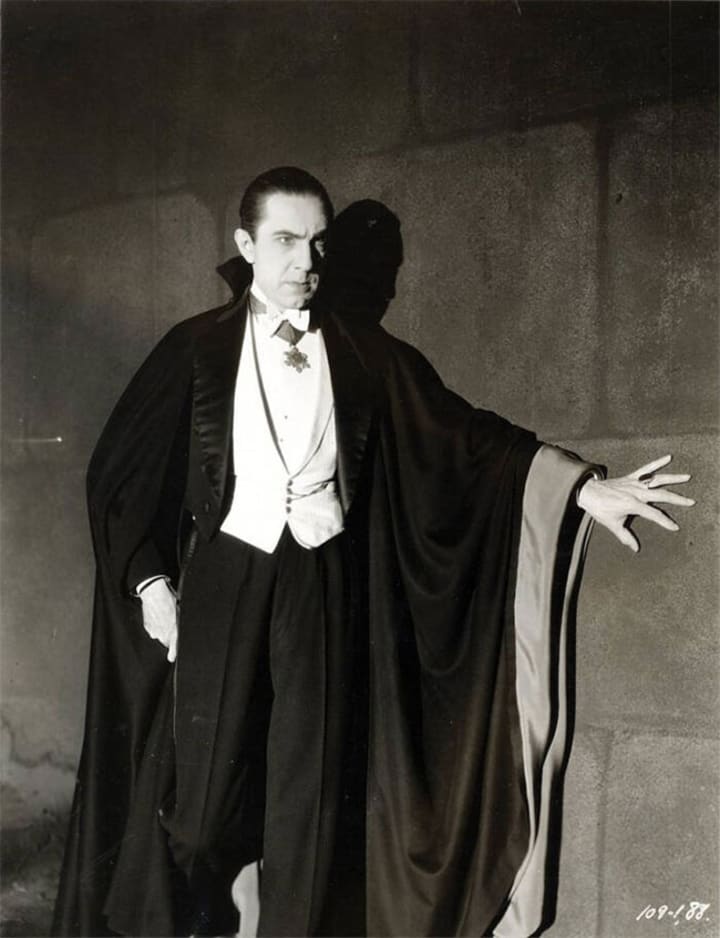
After him, English poets also wrote about vampires, including John Stagg with the poem "The Vampyre" in 1810 and Lord Byron with the poem "The Giaour" in 1813. In 1819, the story "The Vampyre" by John William Polidori appears, perhaps the first prose vampire work in English. This work tells the terrifying story of a noble who seduces women and drinks their blood.
Between 1845 and 1847, stories about vampires became even more widespread when “Varney the Vampire” appeared. This work depicts some common vampire characteristics, such as having long fangs.
Then, in 1897, Bram Stoker's Dracula was born. Characters in Stoker's novels describe Dracula as having sharp teeth and unusually pale skin, a cruel appearance, and showing off "a smile that Judas in hell would be proud of." Dracula has superhuman strength, has no shadow, and turns people into vampires by sucking their blood.
In addition, he also has the ability to transform himself into a bat. But Stoker's vampires also have weaknesses such as fear of crosses and garlic. Depictions of Count Dracula have changed over the years. Some films depict Dracula as sweet and charming; Other films portray this character as scary and bloodthirsty. Although Stoker was not the first writer to describe vampires, Dracula is the character that many people think of when imagining a vampire's appearance and actions.
In short, Dracula is a fictional character, but it is said that art originates from life. So are there any examples of real vampires?
The question is, do vampires exist? To the villagers who dug up the graves of Mercy Brown and Petar Blagojević, they would definitely answer that there were vampires. But the answer really depends on how we define the term vampire.
If you think vampires are zombies or people who can turn into bats, the answer is that there are no such creatures. But in reality, there have been violent rulers and serial killers throughout human history.
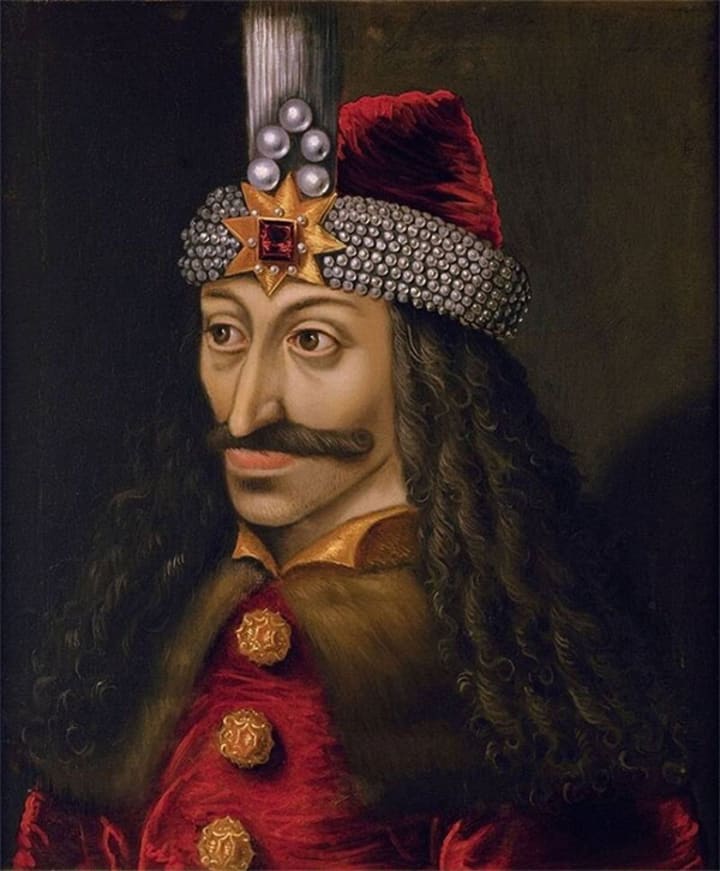
The most famous example is the brutal ruler of 15th-century Wallachia (now Romania) nicknamed Vlad the Impaler. This ruler was also known as Vlad Dracula and loved blood. He drove stakes into thousands of enemies, and once wrote a letter boasting about how he and his warriors had killed 23,884 Turks. He is even said to have caused the deaths of over 60,000 other people.
It is also said that Vlad Dracula dipped bread in the blood of his enemies and ate it. However, this information is difficult to verify. Some people believe that writer Bram Stoker based the character Dracula on Vlad Dracula. Scholars have debated the veracity of this in recent years, and National Geographic magazine asserts that Stoker relied on a variety of sources.
However, in reality, Stoker came across the name Dracula while reading a history book. Then he wrote an important note: “Voivode (Dracula): Dracula in Wallachian means devil. The Wallachians have a habit of using Dracula as a surname to call those who are widely known for their courage, cruelty or cunning."
Then the world had serial killers with clear vampiric tendencies. Fritz Haarmann is an example. He was a serial killer in Germany in the early 20th century and was called the "Hanover Vampire". He got this nickname because he killed some of his victims by biting their windpipes. He described it as a "love bite".
It can be seen that, although vampires do not really lurk in dark corners, the truth is that these creatures have haunted the human imagination since ancient times. Vampire demons like Lilith first appeared several centuries ago. Medieval fears of death and disease only reinforced the macabre myths of vampires.
But it is authors in recent history who have helped us visualize vampires as they are today. The poem "Varney the Vampire" and of course Bram Stoker's Dracula vividly portray the familiar bloodsucking ghost that terrifies audiences in modern times.
Today, vampires have taken a new turn through movies like Twilight and TV shows like True Blood, continuing to renew the vampire myth once again.
About the Creator
Ken aquariums
Telling stories my heart needs to tell <3 life is a journey, not a competition
If you like what you read, feel free to leave a tip,I would love some feedback
https://www.pinterest.com/Ken_Aquariums
https://s.shopee.vn/1B0pL9ZA9m
Enjoyed the story? Support the Creator.
Subscribe for free to receive all their stories in your feed. You could also pledge your support or give them a one-off tip, letting them know you appreciate their work.


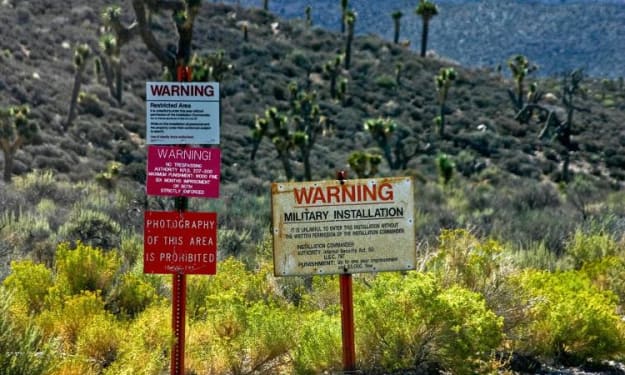

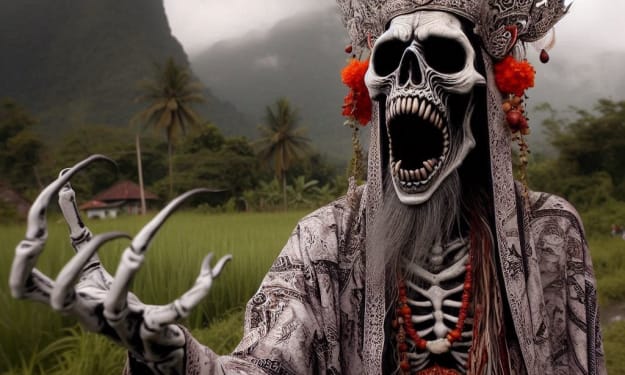

Comments (3)
It's great, I hope there will be more articles to come
It's great, I hope there will be more articles to come
Very inspiring read, thanks for sharing.